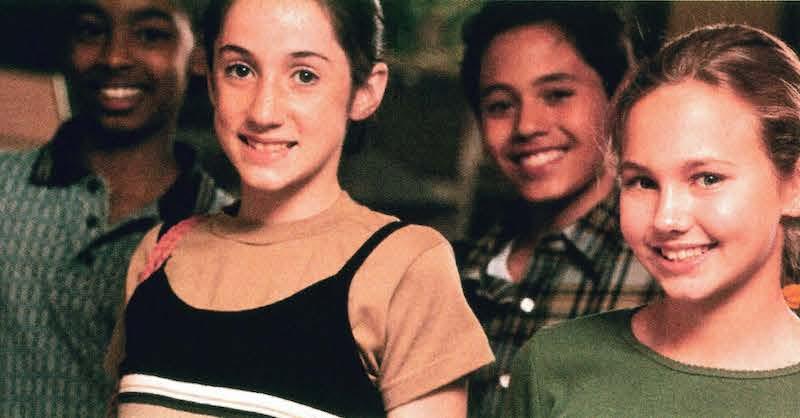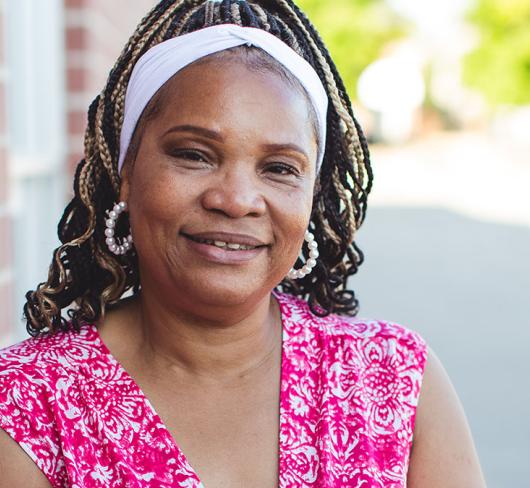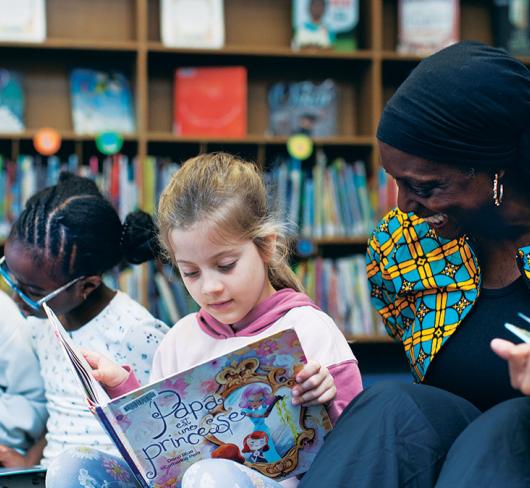
Take a Closer Look
One of the objects of the Elementary Teachers’ Federation of Ontario (ETFO) is to foster a climate of social justice in Ontario and continue a leadership role in such areas as anti-poverty, nonviolence, and equity.
Today almost every aspect of life is presented through the media and children must be able to discriminate among many distortions. Children have to be able to decide what is true and what is false, what is good and what is what has value and what is harmful — decisions that can only be made by a media literate person.
Media Literacy and the Curriculum
Students in the Intermediate grades will gain:
- Knowledge of what messages are conveyed by the media.
- Knowledge of the complexity of violence in today’s society.
- Knowledge of themselves as consumers of the media Knowledge of how the media is constructed to inform, persuade, entertain, manipulate and influence.
- Knowledge of their role in shaping the media of the future.
How does this resource connect to the Ontario Curriculum?
The focus of the resource is to teach students to become critical and informed consumers of mass media, with a focus on media violence.
Each lesson within every unit includes expectations from the Ontario Curriculum.
How do I implement this resource?
When implementing this entire curriculum, we encourage teachers to begin with Part 1 : Creating an Awareness of Violence in the Media, then proceed through the units in any order, based on their focus and the interests of the students. Each subsequent unit is self-contained and can be done in blocks of time or throughout the school year. Lesson plans are provided in each unit with student activity sheets and required resources. Background information is provided for each unit and lesson. When this information is used in conjunction with the overview provided in the introduction, the teacher will have the necessary information to prepare.
A Sample Unit - Clothing and Logos
Background
The premise of Take A Closer Look is the need for students to be aware of the underlying messages in the mass media. In particular, any messages accompanied by violent undertones and overtones need to be filtered through a base of knowledge about the intention of such material and its manipulative power. Issues of influence, intimidation, power and control are some of the guises in which violence resides.
Products we wear are often promoted by celebrities. There is the unspoken message that we too may attain such great status if only we would buy these products. The fashion world depends on the psychological need to belong and on the teenager's overwhelming need to be cool.
This unit on clothing and logos is designed to help students be aware of why we make our clothing choices, the meanings of advertising logos, and just whose interests are being served by the choices we make.
Clothing and Logos comprises Part 6 of Take Another Look. The two lessons presented here have been selected from the five that are included in this section of the resource.
Lesson 1 - What's a Logo?
Background
Many images are symbols which quickly identify ideas, objects and large organizations. They are a kind of visual shorthand which allows an identity to be presented easily and in a familiar way. The heart is a symbol of love, the skull a symbol of danger, and a green light means go. A logo is an identifying name, device, or trademark used in advertising and marketing.
Sophisticated logos and symbols range from chemical and mathematical formulas to artistic representation of large institutions and commercial products. Governments, cities, universities and even families have flags and other symbols.
The list is endless. Many people are unaware of all the logos that bombard them every day.
Purpose
- To make students aware of the many symbols and commercial logos prevalent in our society.
- To create collages after classifying a variety of logos.
Curriculum expectations Grade 7 students will:
- identify various types of media works and a variety of the techniques used in them (7e53).
- explain how artistic choices affect the viewer (7e37).
- analyze and interpret media works (7e54).
Grade 8 students will:
- listen attentively to organize and classify information and to clarify thinking (8e47).
- analyze and interpret media works (8e53).
- contribute and work constructively in groups (8e50).
Opening Act
The teacher will display four examples of logos to the students, such as sports teams, product safety, a company logo, school, community, etc. As a class, discuss the relationship between the logo and the product.
Main Attraction
Divide the students into small groups. Ask the students to cut out logos from magazines, flyers, catalogues, etc. Students can then classify the logos into categories and create a collage.
Students must be prepared to explain the reasons for their choice and the effectiveness of the logo or symbol in representing the product or service.
It's a Rap
Students will present their group collages and explanations to the class.
Materials
- Magazines for clippings
- Teacher chosen logos and symbols (4-5)
- Chart paper
- Glue
- Markers
Lesson 2- Choices We Make about Clothing
Background
We are aware that individuals and companies present themselves in a certain way for specific reasons. What factors influence our clothing choices in presenting ourselves within our various daily roles?
A major factor is the desire to achieve brand name status. Brand name businesses are everywhere. In some ways, consumers count on the predictability of products associated with the recognizable name or logo. In other ways, consumers can gauge the cost factor by choosing brand name X over brand nameY. For many, especially the young, choosing to wear a certain brand involves a decision based on the perceived social value of that product.
It has been said that brands create a feeling. Is it true? Do Calvin Klein ads make one feel irresistible and sexy? Do Nike ads make the viewer long to be more powerful and strong? Does Gap clothing make the wearer feel secure?
Purpose
- To examine the messages and issues inherent in the clothing students wear and the logos they see.
- To be aware of personal reasons behind clothing choices.
- To be aware of image messages and self esteem (or lack of) which are portrayed through clothing choices.
Curriculum Expectations
Grade 7 students will:
- organize information to develop a central idea (7e3).
- clarify and broaden their own points of view by examining the views of others (7e35).
- contribute and work constructively in groups (7e51).
- demonstrate the ability to concentrate by identifying main points and staying on topic (7e52).
Grade 8 students will:
- clarify and broaden their own points of view by examining the views of others (8e34).
- demonstrate respectful behaviour towards the feelings and ideas of others (8p40).
- contribute and work constructively in groups (8e50).
- demonstrate the ability to concentrate by identifying main points and staying on topic (8e51).
Opening Act
Ask the students to form a circle. The teacher will model his or her clothing choices and explain their significance. Consider such attributes as price, personal comfort, purpose of the day, colour, audience, etc. As a class briefly discuss students' clothing choices. Allow only two or three responses for this before moving to the next section.
Main Attraction
In small groups, students will brainstorm a web chart which identifies the reasons and issues relating to clothing choices and logos. The question they must consider is: Why do we wear what we wear?
Students are then asked to relate the ideas from the web chart to their own personal clothing choices and be prepared to present these choices to the class.
It's a Rap
Representatives from each group will present their clothing choices and web charts to the class. Every student will record the personal reasons for their clothing choices in their student journals.
Materials
- Chart paper
- Markers
- Journals
- Tape or magnets
Take A Closer Look, published in August 2001, is available from Shop ETFO for $18.00. The document's contents include five lessons on each of the following topics: Creating an Awareness of Violence in the Media; Television; Advertising in Radio, Television and Print; Movies and Video Games; Music Videos and Lyrics; Clothing and Logos; The Internet. Shop etfo online www.etfo.ca or call 416-962-3836, or 1-888-838-3836.
By:
Wambui Gaitho, Sharron Mathers, Rosemary Kozak, Linda-Beth Marr, Lori Piazza & Sherry Ramrattan Smith
Editor:
Mary Labatt
Media Violence Project Leaders:
Wambui Gaitho Sharron Mathers Linda-Beth Marr Caroll Carkner

